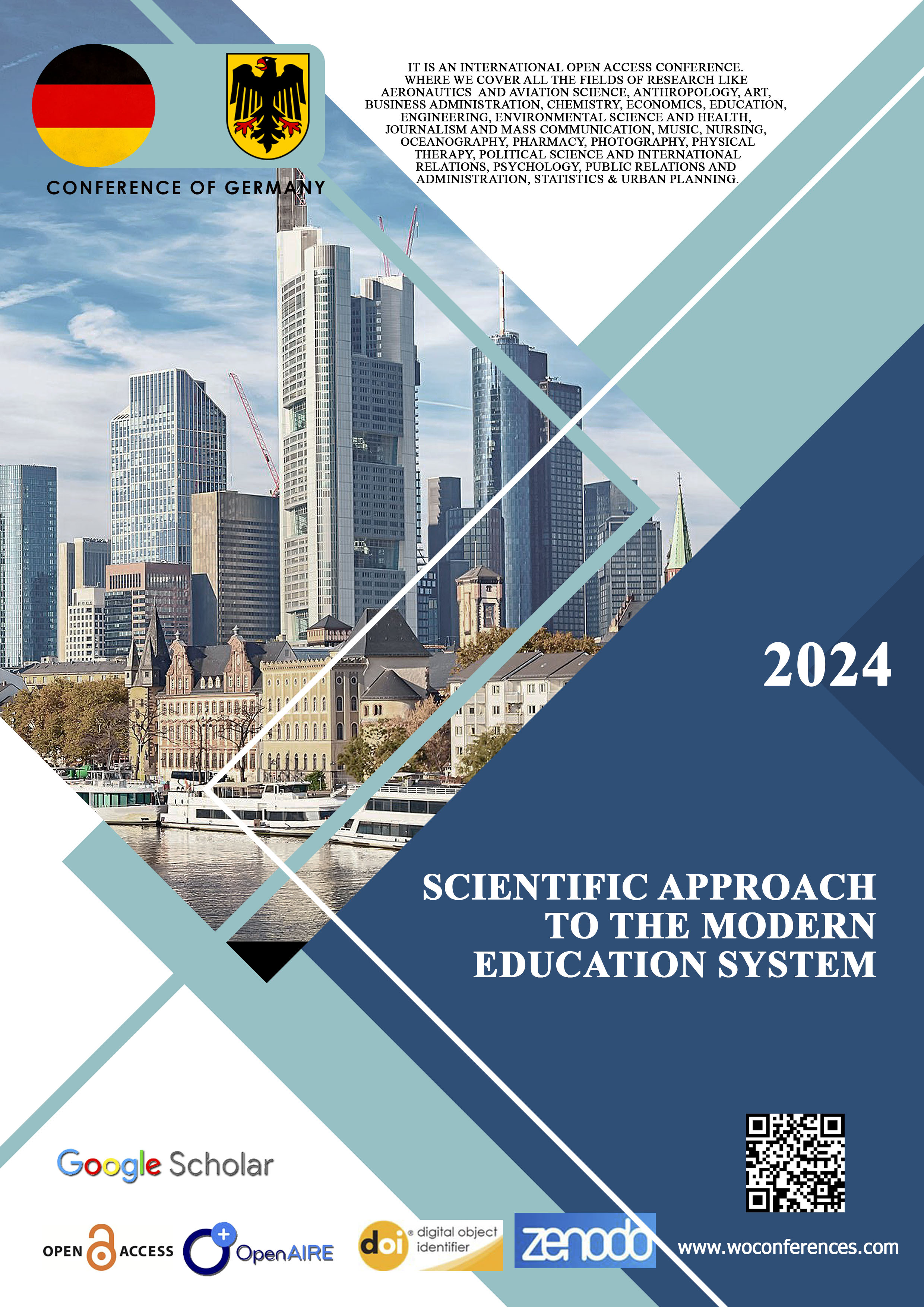TECHNOLOGICAL INNOVATIONS AND AI IN LANGUAGE LEARNING AND COMMUNICATION
Abstract
Advancements in modern technology, especially Artificial intelligence, have transformed how people acquire languages and communicate. AI-driven platforms, tools and social websites all offer enough resources to learn languages and speak in them at the same time. They provide personalized, interactive learning paths, assistance in all aspects of any language; listening, reading, writing, speaking, grammar, pronunciation, and others. AI tutors, virtual reality, 3d grammar lessons, and AI chatbots can make the process easier and quicker than expected. However, its use in education can also be hazardous if it is used as a form of cheating or getting personal information. This study examines the value of AI in language acquisition and communication, as well as its advantages, disadvantages, realistic solutions and prospects. Even if it is considered to be effective, social interaction is still important, and a well-thought-out strategy can ensure the balance in terms of its usage.
References
1. G. Yigit (2024). Development of Artificial Intelligence Technologies and Language Learning. ResearchGate. 11243867. 55-64.
2. C. Zhang (2024). Artificial Intelligence in EFL speaking: Impact on enjoyment, anxiety and willingness to communicate. ResearchGate. 250000. 1-34.
3. L. Eliott (2023). Advantages and Disadvantages of AI in EFL Classroom. The Asian Conference On Education 2023. 1-9.
4. J. Jeon (2021). Exploring AI chatbot affordances in the EFL classroom: Young learners’ experiences and perspectives. Computer-Assisted Language Learning. 2021241. 1-26.









